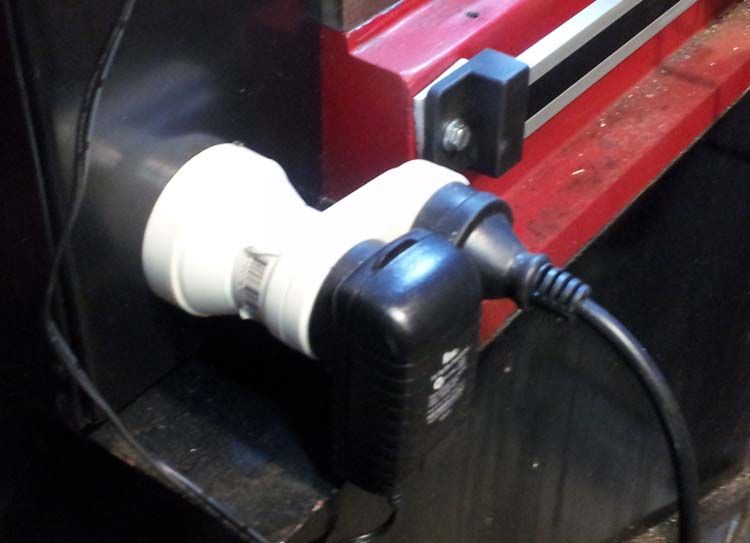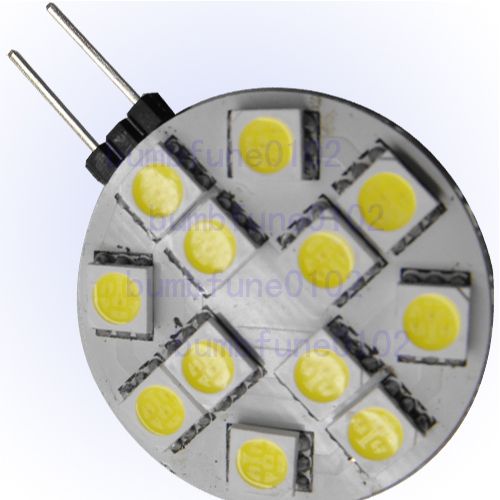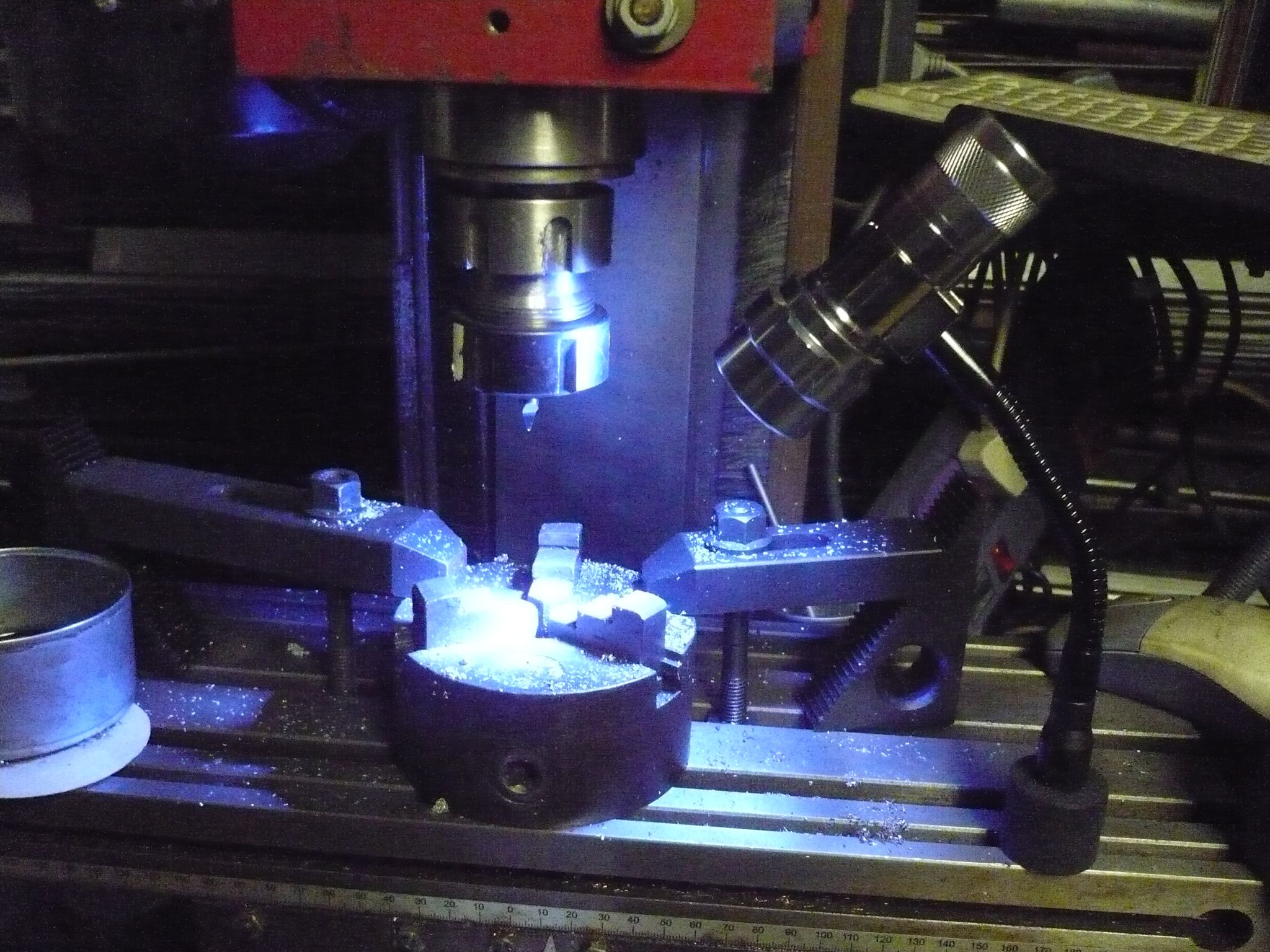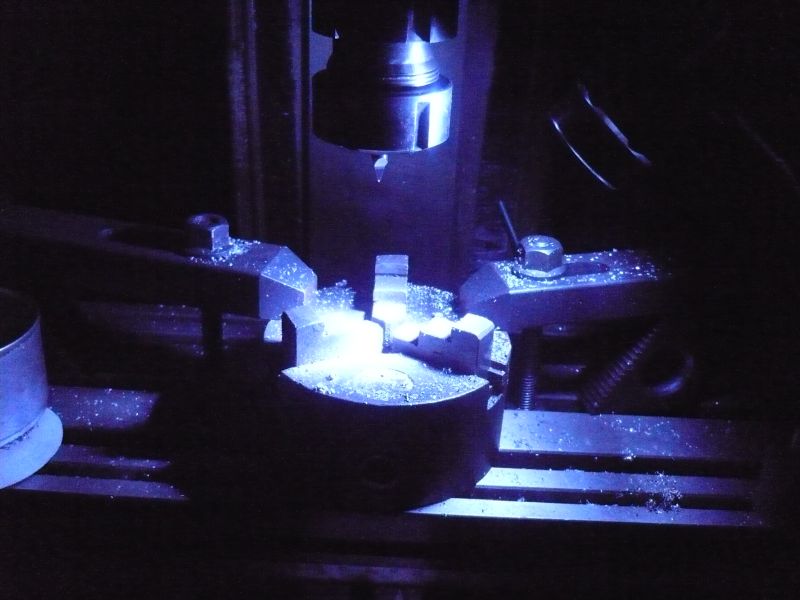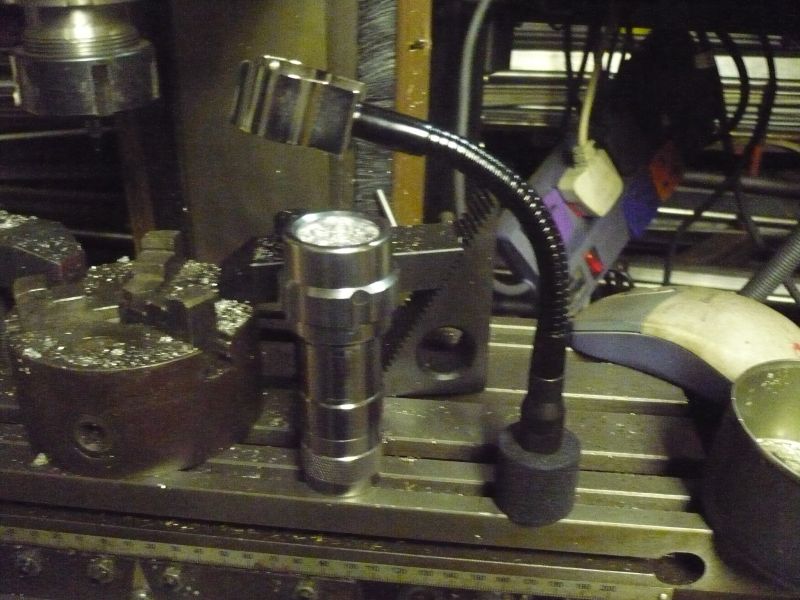Hi John,
The reason for the LEDs not comming on until the voltage exceeds about 8 volts is that LEDs behave a bit like a zenner diode. They do not start to conduct until the voltage across them exceeds a certain value. This is about 3 volts for white LEDs and about 1.8 for red LEDs As you LED arrays will have groups of 3 LEDs in series they are just starting to conduct with about 2.7 volts across each one. As Neil pointed out earlier on this thread you can consider the array as 3 LEDs in series with an 8 ohm resistor (In the type of array I bought) at 12 volts the voltage across the 3 LEDs was 9.3 volts and 2.7 across the resistor which gives acurrent of 2.7/8 = 338 mA As the voltage across the LEDs stays more or less constant with a 15 V supply there would be 5.7 volts across the resistor giving a current of 5.7/8 = 713 mA.
The arrays I bought used type 5050 LEDs which is actualy a package containing 3 individual LEDs. Looking at the data sheet on this device I could not decide if the disipation rating refered to the package or each individual LED so I do not know the maximum current it would be safe to pass through each LED.
For another project I bought some of these 12 LED arrays

Here is some information on this type.
The array consumes about 110 mA with 12 volt supply.
The 5050 LED package contains 3 LED's
The LED's are arranged as follows.
The three LED's in each package are connected in parallel.
They are arranged as 4 groups of three LED packages. The 4 groups are in parallel. There is asingle 10 ohm current limiting resistor in the negative lead. There is a bridge rectifier (4 seperate diodes) so they can run on AC or DC
110/4 = 27.5 mA So each package of three LED's passes 27.5 mA Each LED within the package passes 9.2 mA
12V – 1.2V (For drop in bridge rectifier) = 10.8 V
Drop across 10 ohm resistor = 10 * 0.11 = 1.1 V
10.8 V – 1.1 V = 9.7 V
As this is across 3 LED's in series each LED has 3.23 volts acress it.
Les.
 Michael Gilligan.
Michael Gilligan.

